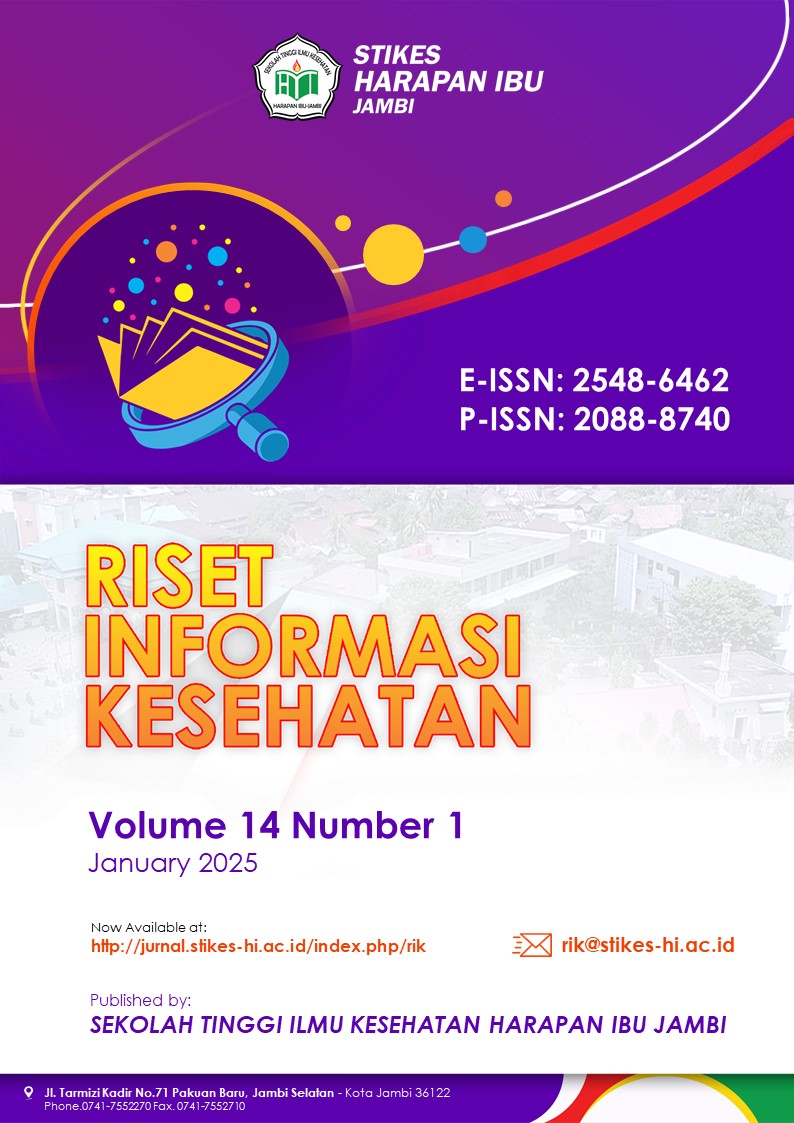Abstract
Background: Honey's antibacterial and other therapeutic qualities have long been recognized because of its bioactive components, which include hydrogen peroxide, flavonoids, and phenolics. Randu honey is a monofloral honey that is made from the nectar of Ceiba pentandra and has the ability to suppress Gram-positive as well as Gram-negative bacteria. Because antibiotic resistance is on the rise, it is crucial to investigate alternative treatments like honey.
Method: This study evaluates the antibacterial activity of randu honey using the agar well diffusion method or Kirby-Bauer diffusion method against Staphylococcus aureus, Escherichia coli, and Pseudomonas aeruginosa to determine its Minimum Inhibitory Concentration (MIC) by preparing a series of honey dilutions ranging from 100% to 10% (w/v) then incubating in an incubator at a temperature of 37°C for 24 hours to allow interaction between the test solutions and bacteria on the agar media, followed by measuring the inhibition zones formed using a caliper.
Results: The antibacterial activity of randu honey increased with concentration. Staphylococcus aureus showed the highest sensitivity with an inhibition zone of 9.02 ± 0.67 mm at 100%, classified as moderate at 70%–100% concentrations (MIC 20%). Escherichia coli exhibited lower sensitivity, with inhibition zones ranging from 7.07 ± 0.56 mm at 100% to 0.18 ± 0.01 mm at 30%, categorized as moderate at 80%–100% (MIC 30%). For Pseudomonas aeruginosa, moderate activity was observed at 80%–100%, with inhibition zones up to 8.16 ± 0.13 mm at 100% (MIC 30%).
Conclusion: Randu honey shows promising antibacterial activity, especially against Staphylococcus aureus, with concentration-dependent effects. Its moderate activity at higher concentrations highlights its potential as a natural antibacterial agent.

This work is licensed under a Creative Commons Attribution 4.0 International License.
Copyright (c) 2025 Riset Informasi Kesehatan

